Where Volunteer Labor, Rides in Old Truck Beds, and Unrivaled Sunsets Turn Strangers into Friends
I press my left foot harder onto the edge of the truck bed, up against the window, bracing my body as it shifts awkwardly from side to side. My left arm is stretched across an iron bar that serves as the framework to the bench I am sitting on where worn vinyl cushions make the ride more comfortable as we ramble down the dirt road.
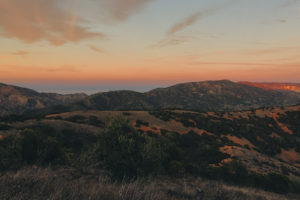 Our boat was called in early, an “emergency pick-up” as they say, our oceanic transport trying to get ahead of the coming swells. We’ve been on the island for a few days now, sheltered in a valley protected from the coastal weather systems, naive to anything outside of blue skies and a soft breeze.
Our boat was called in early, an “emergency pick-up” as they say, our oceanic transport trying to get ahead of the coming swells. We’ve been on the island for a few days now, sheltered in a valley protected from the coastal weather systems, naive to anything outside of blue skies and a soft breeze.
My foot dislodges for a moment, causing me to shift my weight and reassess how I’ve positioned myself on the long bench which is shared by a man and his eleven-year-old daughter. Across from us are two young men, although in truth I think of them more as boys—youthful and wide-eyed, finishing up school and anxious to find their greater place in the world. We are also accompanied by a botanist who came out on a late boat only the day prior. Out of all the company, he is by far my favorite addition as his eccentricity adds a welcomed vibration to the relaxed atmosphere. At the wheel is our host, resident ambassador, and studied biologist who, for the past couple of days, kept us busy with projects and punch lists around an old ranch as the property we tended to prepare for an annual event.
Who would have imagined that the kindness of a stranger would lead to such great adventures? I ponder this question as the truck makes it way farther down the dusty road. I am coming to the end of my second pilgrimage to Santa Cruz Island.
Will I return? Perhaps. How did I get here?
His name was Nick, at the time a staff member of The Nature Conservancy. We made small talk as I poured wine and popped the tops off beer bottles, catching the caps before they landed in the sand. It was a clear night on the beach—pop-up canopies were draped with twinkling lights; the usual suspects were lingering about as the final evening of the Channel Islands Symposium came to an end. Nick was a friendly face open to speaking to a stranger, and a welcomed relief as being all alone in a crowded space is entertaining for only so long.
He informed me that he worked for a local chapter of The Nature Conservancy, an NGO that preserves lands and waters for current and future generations. I told him that I too worked with a local nonprofit but had yet to spend any time on the local islands where this symposium was being held. Before we parted ways, Nick requested my email address, mentioning in passing he would like to help me to the island, his island, the one he lived on for a few weeks each month. I jotted down the letters, and we said goodbye. That was the last time I ever saw Nick. We only spoke briefly after that time; I don’t even know his last name.
It was early on a Friday morning. Our small group gathered backpacks and water-resistant boxes together by a weigh station. Each item placed on the boat was required to meet a weight limit as all supplies were to be carried onto the island. Down the gangplank and onto the boat we went, climbing rough stairs to the upper deck and settling onto metal benches as the boat pulled away from the harbor. Our crossing was smooth. In between two westward swells, we found little disturbance on the surface of the dark blue water. The only exception was with the occasional sighting of a humpback whale, large pods of common dolphins, and sea lions porpoising in the waves. We were bound for the island of Santa Cruz, to spend the next few days stewarding what remained of an old cattle ranch and winery. Now a home base and nucleus for scientists and compassionate donors.
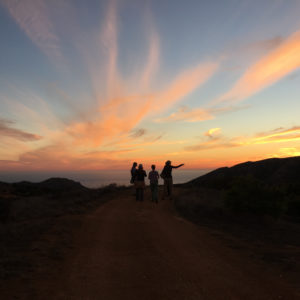
Six volunteers were selected to join the Nature Conservancy’s team on the island preserve. We would spend three days supporting the compound, providing helping hands in everyday operations and maintenance so that the property could better serve as a hub for research or a special retreat for gracious donors. Among the group were alumni from UC Santa Barbara, all of which were environmental studies majors. There was a young Irish man on extended holiday, and myself, a latter-end millennial with a sales and merchandising background. If you lined up our resumes, I would stand out like a sore thumb. But here I was, a stranger by way of career but amongst like-minded souls. Intent on donating my time to serve a cause that I—we—all believed in.
Keeping a ranch in operational condition is no easy feat. Doing so in an eco-conscious way with a small team requires equal amounts skill and scrap. You must be resourceful with a pile of barn relics and rusty tools. Over the three days our motley group of six volunteers spent on the island, we played builders and gardeners, ranch hands and story weavers.
Included in the task list was clearing debris from roads, weed whacking around solar panels to ensure clean energy would make its way to various structures, digging up weeds and overgrown flora that had begun to encroach on the gardens which bordered the faded yellow cottages and provided food and resource for the compound. We constructed a rotating compost bin out of reclaimed wood, old oil drums, and found materials. With gloved hands, we slugged branches and tree trunks into burn piles. The final step in removing invasive eucalyptus that was bogarting resources from native and endemic species.
Not all was hard work and labor though. One evening our group climbed into the back of a converted Tacoma with bench seats bolted down into the truck bed. Vinyl cushions kept us as comfortable as one could be in such an arrangement.
Down the valley, our truck rambled toward the sea. In knee-high brush we slowed to a stop, watching as the sun dipped down behind the western mountains. Legs maneuvered over the tailgate and down to the sandy bluff where we settled into soft earth, a midden of abalone shells and ash. We shared food and drink and stories of our origins while watching the sunset cast golden hues on the indigo waves yards below.
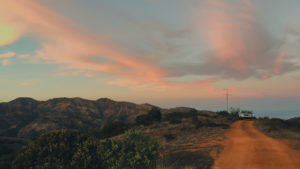
I thought of this gathering as I fell asleep that night in my bunkhouse room, laying on a twin bed covered with a stiff wool blanket. The room itself was sparsely furnished, utilitarian in nature. I found it comforting in a way. As if memories from my youth had slipped into my present and materialized around me. I smiled to myself and drifted off to sleep.
The sun shined brightly through the thin layer of material that constituted as my tent. Bird songs echoed loudly from the trees, and a soft crunch of oak leaves let me know the island foxes were near.
I was once again on Santa Cruz Island, having come across the sea with a new assortment of volunteers. Nick had since left the organization, though I found my way back here as an old host who remembered me found my contact information buried in some papers. A few emails and a boat ticket later here I was, sprawled out under a canopy of trees, preparing for the morning tasks ahead.
The bunkhouse was full this time around, much to my happiness as pitching a tent on what is usually restricted space sounded quite thrilling. Everything I needed fit neatly into a single pack. I even prepared my food ahead of time so that meals in the tack house were more a matter of assembly than prep. The wide room of the tack house, with its long picnic-style dining table bustled with energy. I, once again a stranger in a room, tried my best to be on the peripheral. Joining in conversations when curiosity arose, but for the most part keeping to solitude. I was the only female volunteer this time around, and found as I usually do, that the men were not sure how to conversate with me—more often choosing to chat amongst themselves; I buried myself deeper in a book and sank into my chair.
And there it was—that old familiar Toyota truck I had become so fond of. Bench seats bolted down to the bed, equipped to take passengers around the property to clear roads, loaded down with hand saws and loppers.
We piled out onto the dusty road, after a nearly vertical climb up the southern ridge, traversing the crest until finally dropping down the other side. Thick branches choked the road, and during the ride—unless you listened for the occasional “duck!”—would find yourself in contact with said limbs. We clipped and lopped our way forward, moving quickly as our destination was a clear sandy shore with crisp blue waves. Work and reward, work and reward.
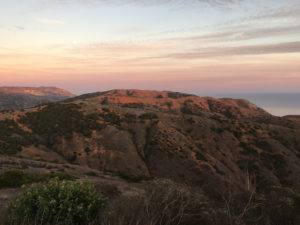 A young girl ran down the beach, gathering shells and showing them to each of us as we sat gathered on a long wooden log, something closer in resemblance to a telephone pole than a once drifting tree. Foreign letters painted on its surface reminded us all how far tides can carry debris—perhaps this was from the tsunami a few years back, from the coast of another country.
A young girl ran down the beach, gathering shells and showing them to each of us as we sat gathered on a long wooden log, something closer in resemblance to a telephone pole than a once drifting tree. Foreign letters painted on its surface reminded us all how far tides can carry debris—perhaps this was from the tsunami a few years back, from the coast of another country.
Our resident botanist took a short pause from storytelling and swapping recipes with the young chef to take a swim in the icy waters. He said it was refreshing, and appeared quite comfortable despite the crisp wind that was beginning to whip up sand in thin sheets. A small sailboat moored off the coast and rocked back and forth, back and forth, with whitecaps dotting the sea. A swell was well on its way, much larger than the one that had brought our young chef and botanist over from the mainland today.
The same young girl ran up the shore, abalone shell in hand, eager to explain what she had found. Two young men chatted quietly together on the far end of the log, while the botanist and chef continued speaking of Mediterranean cuisine and native plant species on the island that could be cultivated for food. Our resident host and biologist checked his hand-held radio for news of tomorrow’s boat off the island.
My pale blue eyes stared softly out at the sea, thankful for another passage to the island. Thankful for the company kept and good work done.




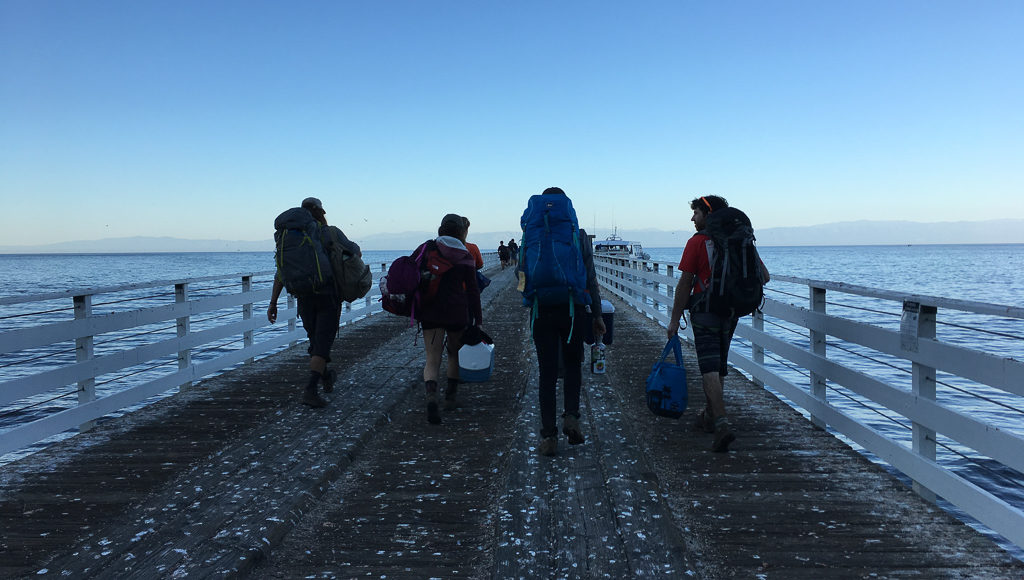
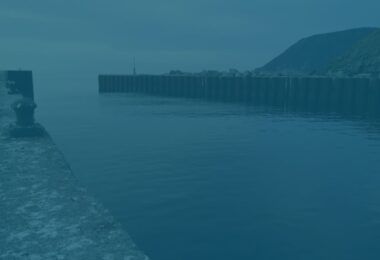
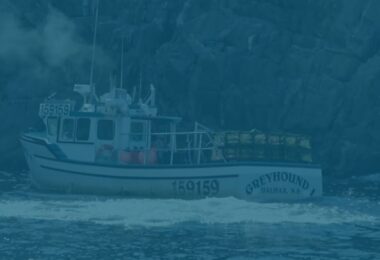
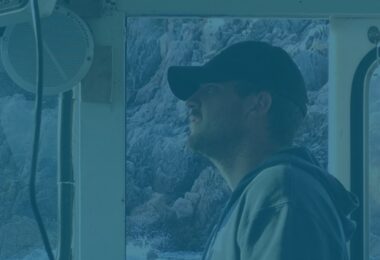
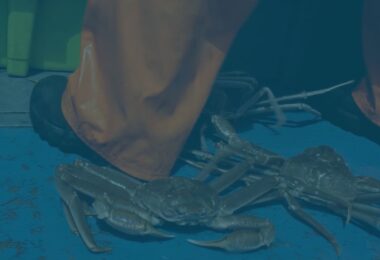
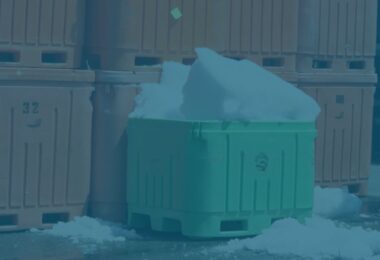
No comments